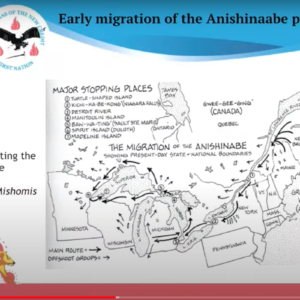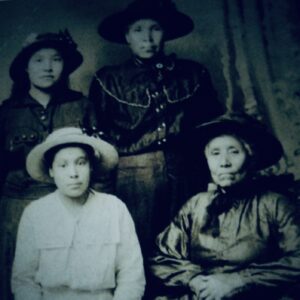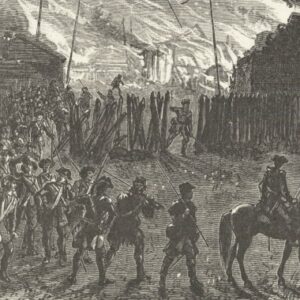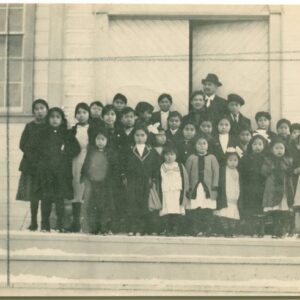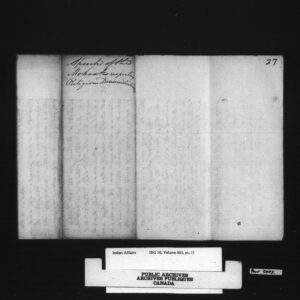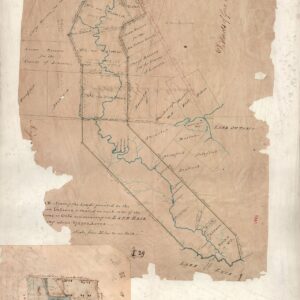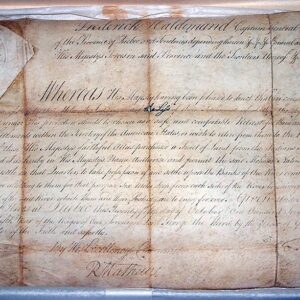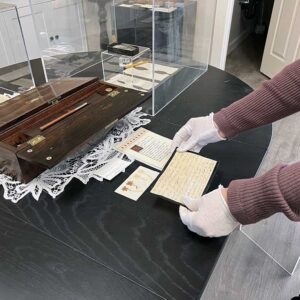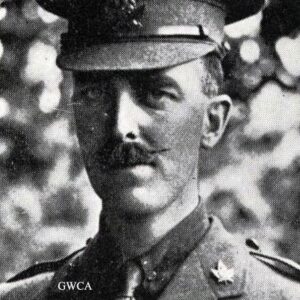
By Jim Windle / Tuscarora Chief Elias Johnson
There is a story recorded in Elias Johnson’s book ‘IROQUOIS, OR SIX NATIONS, AND
HISTORY OF The TUSCARORA INDIANS’ written in 1881, which is housed today in the office of the Librarian of Congress, at Washington. DC.
One story, from the writings of Mr. Schoolscraft, concerns a massacre of more than 4000 people in and around a large church built by fake missionaries to gain their trust before ‘rounding the inhabitants into the building, locking the doors and set the log building non fire, burning them all to death: men, women and children.’ The incident was not recorded in any white historical accounts, but it was deduced by later investigators that a massacre took place in or around 1574.
“In the town of Cambria, six miles west of Lockport, NY, a Mr. Hammon, who was employed with his boy in hoeing corn, in 1824, observed some bones of a child exhumed.” Chief Johnson records. “Eli Bruce, hearing of the circumstance, proposed to Hammon that they should repair (return) to the spot, with suitable instruments, and endeavour to find some relics.
A search enabled them to come to a pit but a slight distance from the surface. The top of the pit was covered with small slabs of the Medina sandstone, and was twenty-four feet square, four and a half feet deep .… It was filled with human bones of both sexes and ages. They dug down at one extremity and found the same layers to extend to the bottom and from their calculations, they deduced that at least four thous- and souls had perished in one great massacre. In one skull two flint arrow-heads were found, and many had the appearance of having been fractured and cleft open by a sudden blow. They were piled in regular layers, but with no regard to size or sex. Pieces of pottery were picked up in the pit, and had also been plowed up in the field adjacent. Traces of a log council house were plainly discardable. For, in an oblong square, the soil was poor, as if it had been cultivated, till the whites broke it up, and where the logs of the house had decayed, was a strip of rich mould. A maple tree, over the pit, being cut down, two hundred and fifty concentric circles were counted, making the mound to be A. D. 1574.”
It has been supposed by the villagers that the bones were deposited there before the discovery of America, but the finding of some metal tools with a French stamp, placed the date within our period.”
Indian bones and artifacts were bringing good money in those days, and settlers collected them when found.
Johnson notes that one hundred and fifty persons a day visited this spot the first season, and carried off portions of the bones. There was no indication to which tribe these remains belonged to.
“There was a settlement or Indian nation where appeared several white men under the cloak of missionaries, (the reason I use the term cloak is by the way it terminated), and preached to them the gospel of Jesus Christ. That they wished to erect a house of worship in their midst, in which they might do their oblation to the Great Spirit, and that if they embraced the gospel they would have annuities from the government, to all of which the simple people of the forest made their assent. They immediately went to work, dug for the cellar, and erected the building on abutments of wood, and alleged that they would finish the cellar afterwards. When the chapel was finished the Indians began to worship in it. Now the time of the annuity arrived. The Indians were told to all congregate and get into the church, men, women and children, and all those who refused to enter, should be omitted in the distribution of the annuity. Consequently the building was entered by them and filled jammed full. But there were two suspecting Indians who kept a proper distance away, to see the result.”
“After it was thought all had entered, there was a company of soldiers with guns and burning faggots, surrounded the building and set it on fire on all sides, after they had fastened the door. In this condition they all perished within the flames. I will not make any attempt to give a sketch or in any way write in words the honours and heartrending cries and moans of the dying children of nature in the flames through a disguise of sheep’s clothing, but will leave it to the conjecture of the reader.”
“After the flames had subsided, these two Indians returned to the spot, and found a heap of bones in disarray, and they observed that some of the skulls and bones of the different parts of the body were fractured and broke open, supposed to have been done by the falling timbers of the burning house. It is said, “in one skull two flint arrow-heads were found.” How easy for the artifice of the white men that accomplished the massacre in the manner they did, to have sunk these two flint arrows into one of those skulls to leave the conjecture in after times to have been done by an Indian war.”
“Mr. C P. Turner, with an honourable age of 72 years, in 1878. told me that he visited the deposit of these bones, the next day after they were uncovered, saw the skull with the two flint arrows in it, and saw the great deposit of bones in this mound, and also said the pile was in hap-hazard, and not ” in regular layers,” as stated above. He also saw bones which indicated being those of a child about 20 inches in height.”


